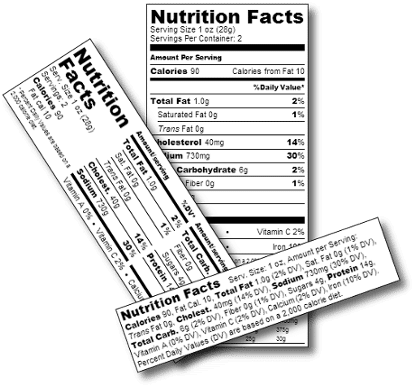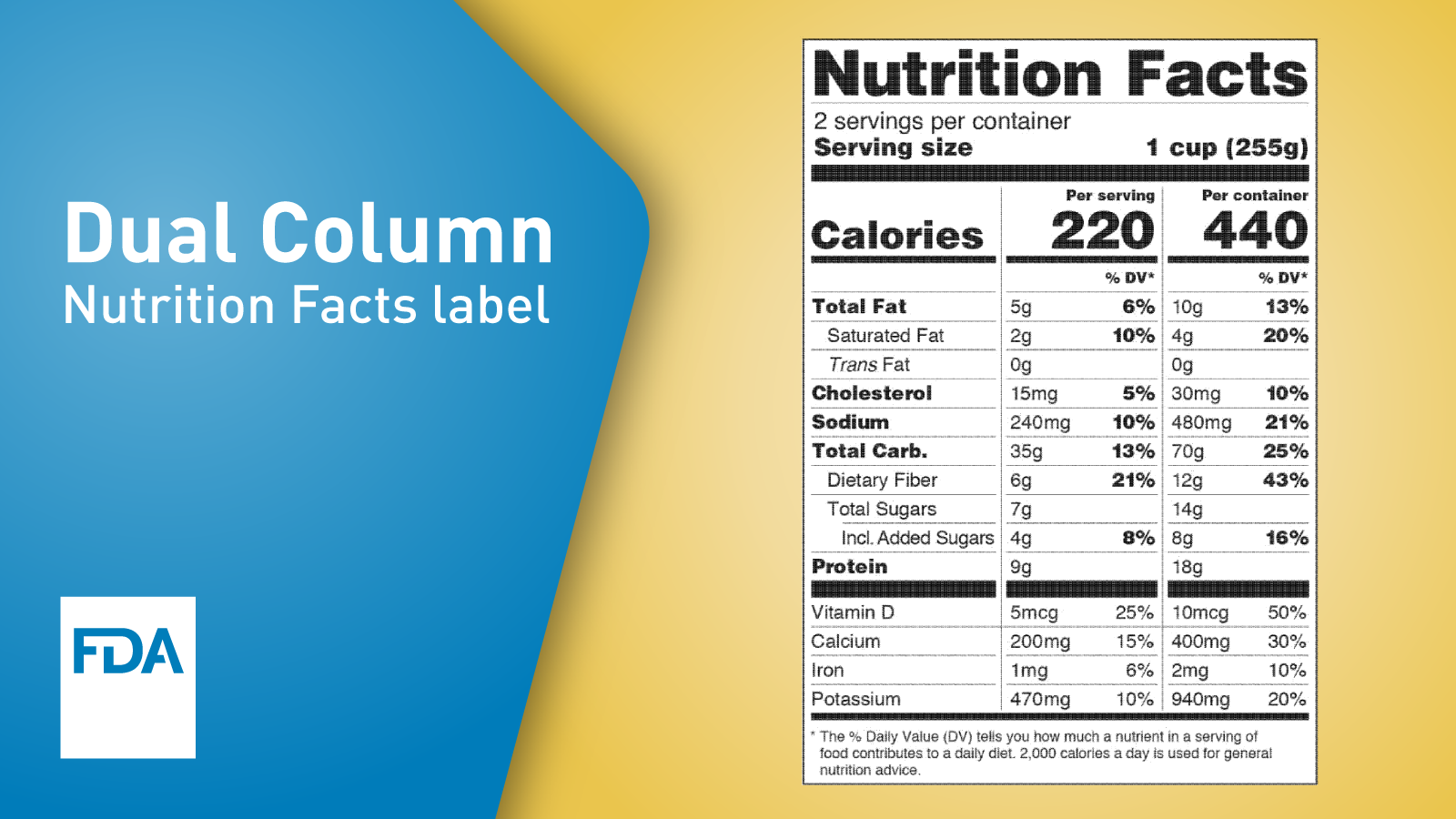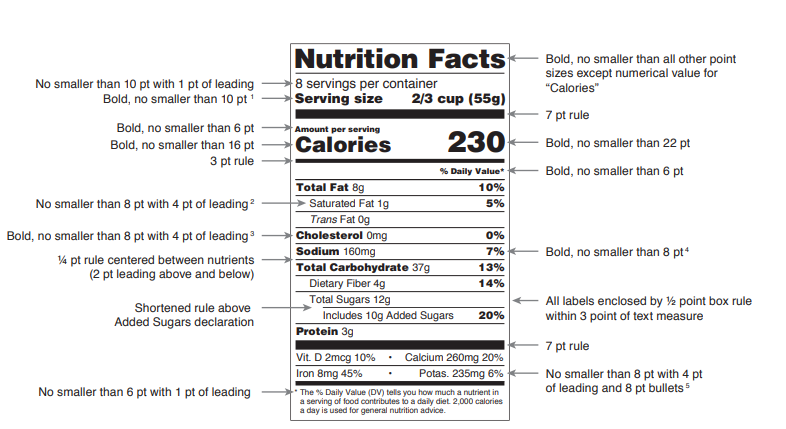Hi there new food manufacturer! If you have landed on this article and are trying to bring your secret sauce to retail grocery stores or attempting to sell online, congratulations! You’ve just entered the world of food manufacturing, and we are so happy you are here! For the better part of the last 2 decades, we’ve assisted food manufacturers both large and small in their journey to food retail. It’s a rewarding rollercoaster ride full of trial and error, important regulations, but most of all: fun. As a company that serves food manufacturers through the provision of nutrition facts panels, we’ve had the privilege of leading many of you on the most efficient path to retail — and you are no exception my friend! In this article we will be going over the types of formats that the FDA requires and what the criteria is around choosing the appropriate nutrition label format for your product. Are you ready?
Why Is Format Important?
When it comes to nutrition labels, the FDA prides themselves on making sure they are very consumer-friendly. For this reason, they’ve created regulations around the design of the nutrition label format so that shoppers purchasing this product can easily understand what is in their food. The whole point of a nutrition label is to educate the consumer about what they are consuming so that they can make educated decisions regarding the food they eat. And the nutrition label formats have been created to make sure that the layout of these labels fit your product nicely while providing all the information a consumer needs on ingredient information, nutrition reporting, serving size and allergens.
How Many Formats Are There?
Currently there are 3 basic nutrition label formats that you can choose from to suit your product. The first (and most frequently used nutrition label format) is the standard nutrition facts panel. This label is the label seen most often on food products. It’s a vertical rectangle that has all the information the FDA requires on a panel.

In this photo you can see all 3 options for nutrition panels for your food product. The standard label is pictured in the center, the tabular label to the left and the linear label to the bottom. While thestandard nutrition label format is seen most often, the other two are just as important. The tabular label can be used for both large and small packaging while the linear label (far bottom) is for small packaging only.
The tabular label is a horizontal nutrition label format that can be used for both larger and small-sized packaging. This label suits more of an oblong-type packaging like chocolate chips or a bag of marshmallows. Then, there’s the linear label that is used for small packaging only. You’ll likely see this nutrition label format on tiny food packages like gum or single-serve candies. Any smaller food product that would be packaged individually would most likely have the linear nutrition label format on it’s wrapping.
Last but not least, we can’t forget the dual label. This label is used when multiple flavors or products are wrapped up in one container. We’ve all had Neopolitan ice cream at one point, right? Well this classic treat is also a classic example of the use of a dual label — in this case, it’s tripled. The nutrition facts on the ice cream are displayed side-by-side due to the 3 flavors that each have their own unique ingredients and flavorings.

The dual label is a great nutrition label format option when you have multiple flavors/products in one package.
For more information on the nutrition label format types, download this handy guide from the FDA. Upon download, you’ll notice even more criteria that you’ll need to be aware of. But wait! Before you go, this intricate criteria that you have to observe with each label is already built-in to our labeling platform! Nifty, huh? Yep. This is what we do! So if you would like to skip all the nitty gritty details and get your label created and FDA-Compliant quickly, leave it up to us! With LabelCalc, you can create nutrition facts panels and select the right format for you in just minutes. Simply enter your product recipe and let LabelCalc do the rest!
Want to learn more about creating nutrition labels with LabelCalc? Contact our sales team.

